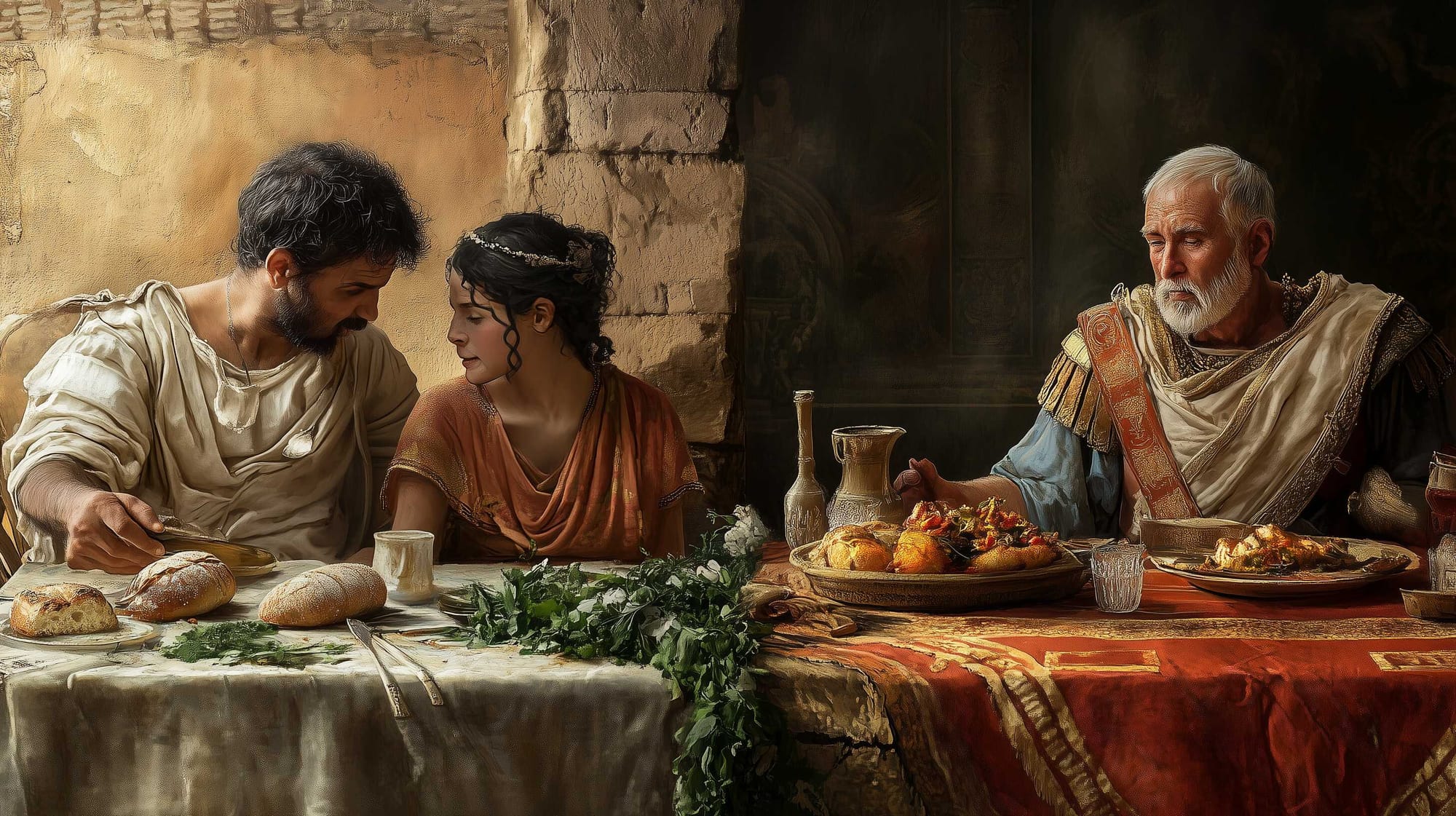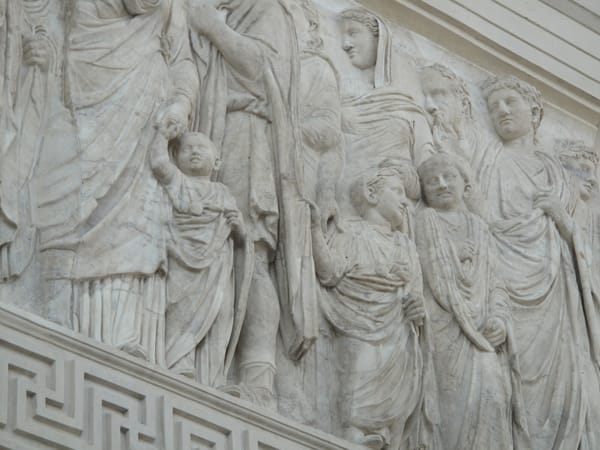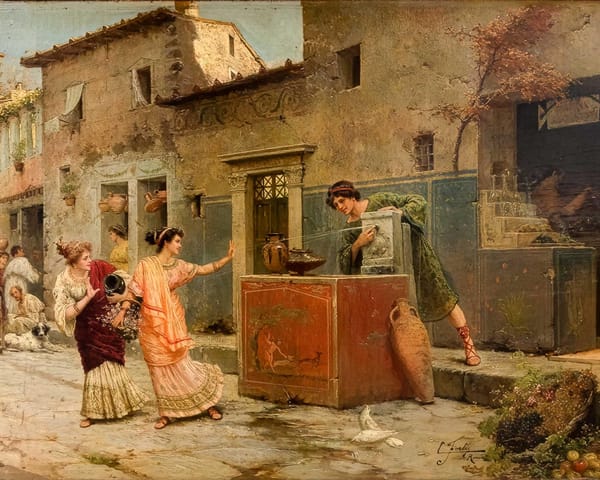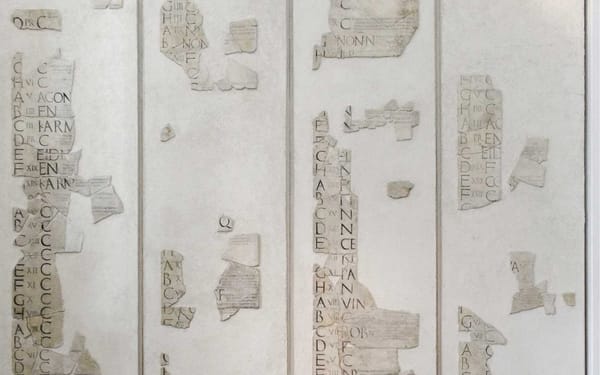The Food Culture of Ancient Rome: What did the Different Social Classes Eat?
The everyday diet of the ancient Mediterranean has been relatively understudied, particularly the cultural importance of various foods in the Greek and Roman worlds.

While references to food in literary sources exist, they often do not provide detailed information on cultivation, preparation, or actual diets. Although we know from Pliny that bread was consumed across all social classes, white bread made from wheat flour was favored by the upper classes, while darker, coarser breads from emmer wheat or barley were more common among lower classes.
Legumes, however, have received even less attention, although lentils, chickpeas, bitter vetch, broad beans, garden peas, and grass peas grew in all sorts of places around the ancient Mediterranean.
Did the Romans Eat their Vegetables?
It has been said that in the Homeric epics, heroes mainly dine on roast meat, which contrasts with archaeological evidence of what was consumed in prehistoric Aegean.
To gain a clearer understanding of ancient diets, physical remains of food found through archaeological methods, such as water-sieving, are crucial. However, many excavations overlook the need for systematic paleoethnobotanical analysis, leading to a lack of data on ancient food sources. To shed some light into the topic, we will attempt a deep-dive into ancient Roman findings, across the vastness of the Empire.





About the Roman Empire Times
See all the latest news for the Roman Empire, ancient Roman historical facts, anecdotes from Roman Times and stories from the Empire at romanempiretimes.com. Contact our newsroom to report an update or send your story, photos and videos. Follow RET on Google News, Flipboard and subscribe here to our daily email.
Follow the Roman Empire Times on social media: